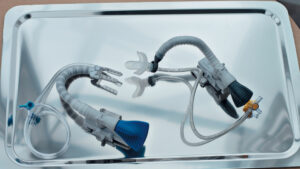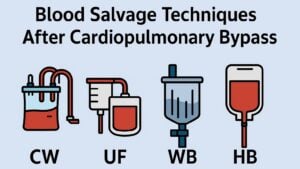Introduction: Obese patients are at risk of complications after cardiac surgery. The aim of this study is to investigate safety and efficacy of a minimally invasive approach via upper sternotomy in this setting.
Methods: We retrospectively reviewed 203 obese patients who underwent isolated, elective aortic valve replacement between January 2014 and January 2023 – 106 with minimally invasive aortic valve replacement (MIAVR) and 97 with conventional aortic valve replacement (CAVR). To account for baseline differences, a propensity-matching analysis was performed obtaining two balanced groups of 91 patients each.
Results: The 30-day mortality rate was comparable between groups (1.1% MIAVR vs. 0% CAVR, P=0.99). MIAVR patients had faster extubation than CAVR patients (6 ± 2 vs. 9 ± 2 hours, P<0.01). Continuous positive airway pressure therapy was less common in the MIAVR than in the CAVR group (3.3% vs. 13.2%, P=0.03). Other postoperative complications did not differ significantly. Intensive care unit stay (1.8 ± 1.2 vs. 3.2 ± 1.4 days, P<0.01), but not hospital stay (6.7 ± 2.1 vs. 7.2 ± 1.9 days, P=0.09), was shorter for MIAVR than for CAVR patients. Follow-up survival was comparable (logrank P-value = 0.58).
Conclusion: MIAVR via upper sternotomy has been shown to be a safe and effective option for obese patients. Respiratory outcome was promising with shorter mechanical ventilation time and reduced need for post-extubation support. The length of stay in the intensive care unit was reduced. These advantages might be important for the obese patient to whom minimally invasive surgery should not be denied.
Keywords: Airway Extubation; Aortic Valve; Artificial Respiration; Length of Stay; Minimally Invasive Surgical Procedures; Obesity; Postoperative Complications.







